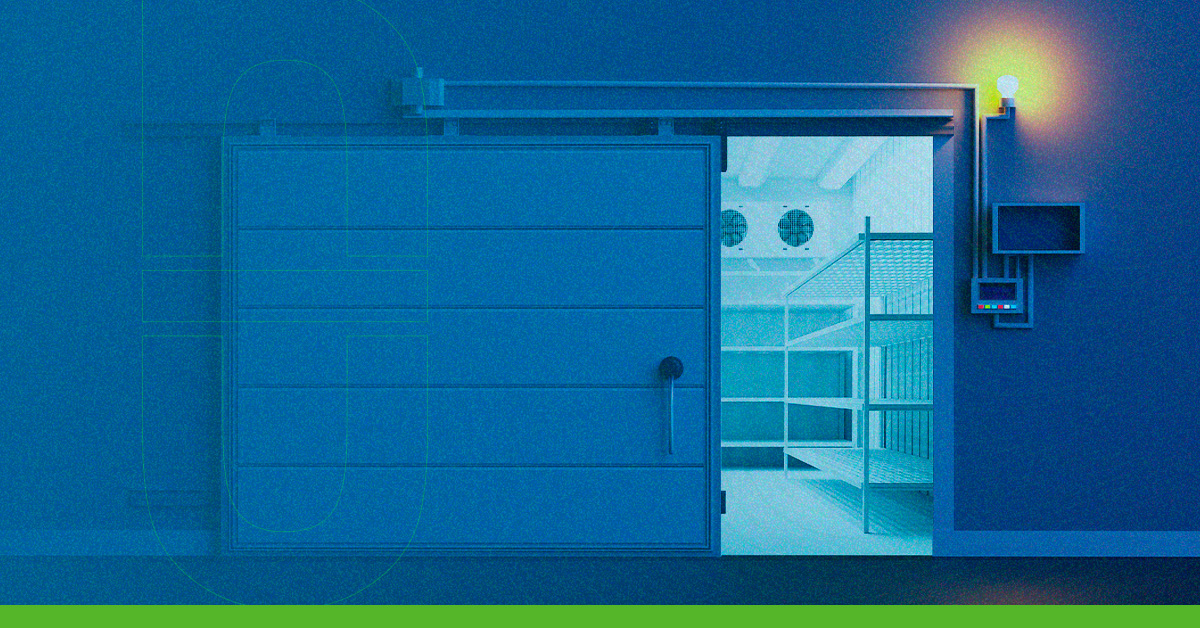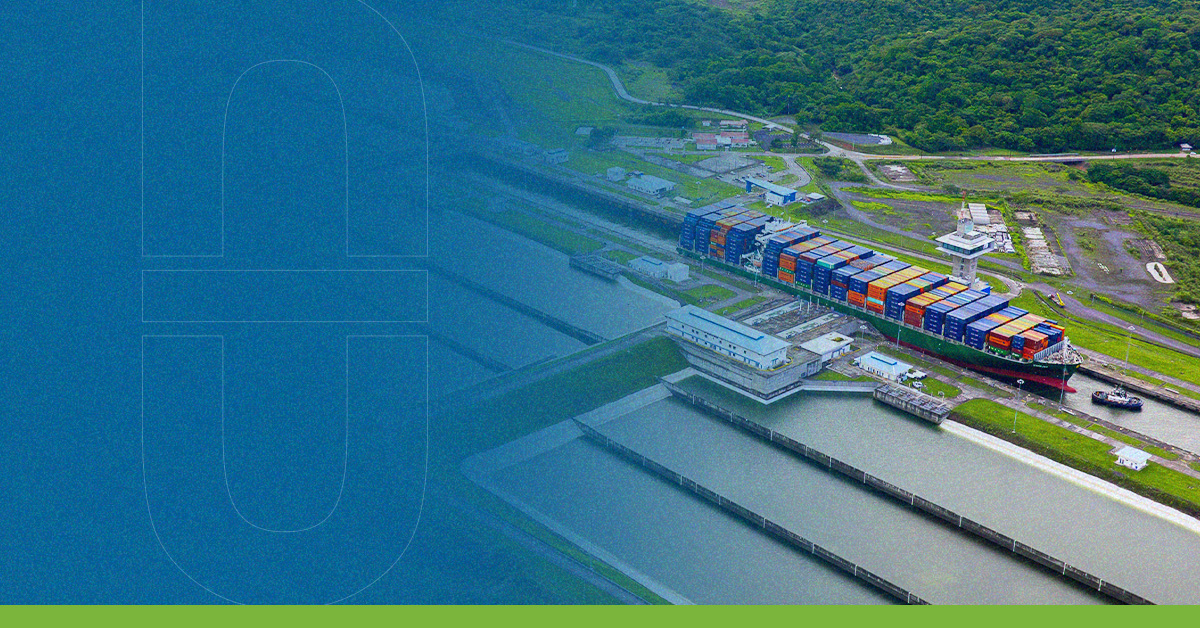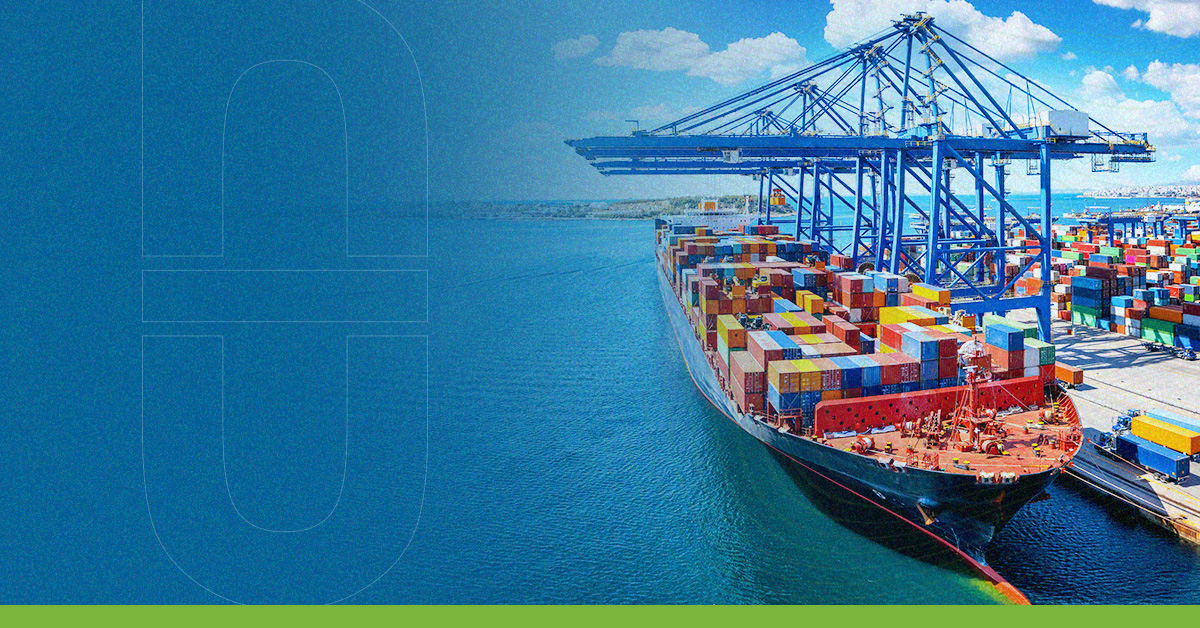The cold chain in logistics focuses on the transport of products while maintaining the same low temperatures throughout the journey, even when they need to be moved from one container to another. This type of chain is perhaps one of the most complex, because, in most cases, the sudden change in these temperatures can seriously affect the quality of the goods and, therefore, generate up to thousands of dollars in losses for the transport company.
Although cargo insurance is a good measure to avoid expenses in repairing such misfortunes, it is important to consider the most significant challenges in this type of chain in order to increase knowledge on the subject and avoid major problems in your logistics operations.
Elements that make up the cold chain
It is of enormous importance that the different elements that make up the cold chain can operate in perfect conditions and in an orderly manner to guarantee optimal results after each delivery cycle.
Among the different elements that make it up, we have the human resources necessary for the handling, surveillance and above all the delivery of these products. In addition, material resources are included, such as refrigerators, freezers or even cold rooms, and of course, the capital required to maintain this type of chain at stable operating levels.
Constant challenges to be solved
The cold chain in the logistics sector presents a very interesting series of constant challenges that experts must pay attention to in order to avoid setbacks and damage not only to the product itself, but also to the reputation of the companies involved in this process.
Among the most important challenges or negative repercussions are:
- Refrigerator doors not able to close perfectly due to breakage, poor adhesion to the rubber bands, or some other damage.
- The levels of condensation that can be generated in refrigerators, cold rooms, or freezers due to excessive humidity in cases of sudden changes in temperature in a very short time.
- The formation of fungi or other bacteria due to lack of temperature control, mainly from broken doors or other breaks within these spaces.
- The prolonged exposure to heat that products can suffer during the loading and unloading stages, threatening their final quality when they reach their destination.
Technology and improvements in handling processes have proven to be excellent allies in keeping the cold chain operating with as few setbacks as possible. Therefore, the application of these improvements, together with the advice of ONUS Insurance’s logistics risk experts, is essential to take care of the well-being of your business and customers, evaluating your needs and aspects to consider in your logistics operations, through the experience, meticulousness and guarantee of results that continue to characterize us in the sector.
Sources:
Cadena de Frío en Alimentos: El Desafío Logístico. Simpli Route
¿Por qué la cadena de frío tiene tantos retos? . Hedyla
Desafíos frecuentes relacionados con la cadena de frío. RiteHite




